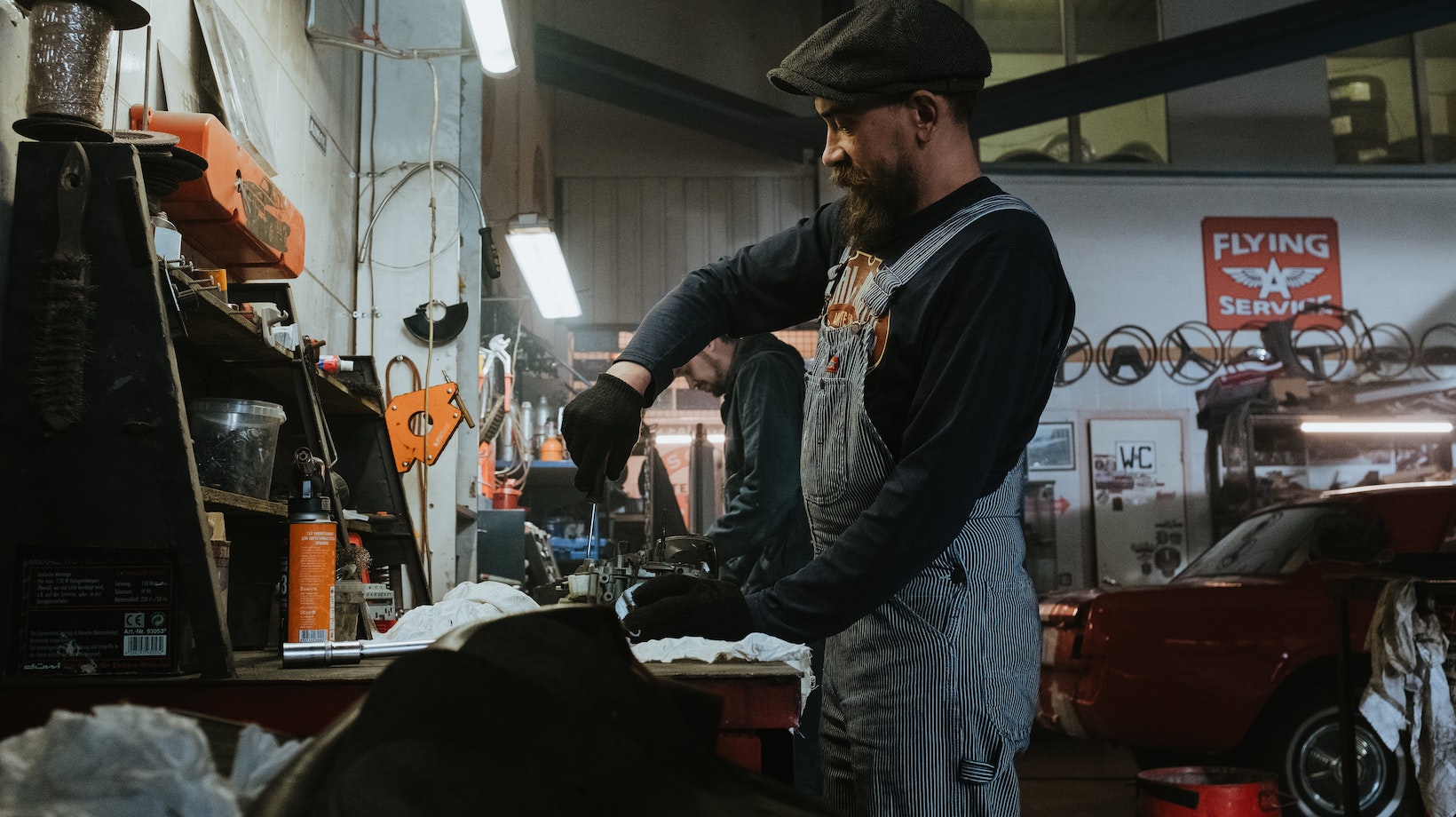If you’re faced with a tear in your leather car seat, don’t worry! With a few simple steps, you can repair it and restore your seat to its former glory. In this article, I’ll guide you through the process of repairing a leather car seat tear, providing you with practical tips and techniques.
Firstly, assess the severity of the tear. Is it a small rip or a larger gash? Knowing the extent of the damage will help determine the best approach for repair. For minor tears, you can use a leather repair kit that includes adhesive and filler. These kits are readily available at auto supply stores and online.
Next, clean the area around the tear using a mild leather cleaner. It’s important to remove any dirt or debris that could interfere with the repair process. Once cleaned, apply the adhesive from your repair kit to both sides of the tear and press them firmly together. Allow sufficient drying time as per the instructions provided with your kit.
How To Repair Leather Car Seat Tear
When it comes to repairing a tear in your leather car seat, one of the first steps is to accurately identify the extent of the damage. This will help you determine the most appropriate repair method and whether it’s something you can tackle yourself or if professional assistance is needed.
Begin by assessing the size of the tear in your leather car seat. Is it a small puncture or a larger gash? Knowing this will guide you in deciding which repair technique to use. Small tears can often be fixed with DIY methods, while larger tears may require more extensive repairs that are best left to professionals.
To assess the size, carefully examine both the length and width of the tear. You can use a ruler or measuring tape if necessary. Take note of any additional areas where stitching may have come undone or surrounding damage that might affect how you approach fixing the tear.
Examine the Location of The Tear
The location of a tear on your leather car seat is another important factor to consider when determining how to repair it effectively. Different parts of your car seat may require different techniques and materials for successful restoration.
For example, tears on highly visible areas like seat backs or armrests may need extra attention to ensure seamless blending with surrounding upholstery. On the other hand, tears on less noticeable areas like under-seat cushions may not demand such meticulous repair work but still need proper treatment to prevent further deterioration.
By examining and evaluating where exactly on your car seat’s upholstery the tear is located, you’ll be better equipped to choose an appropriate repair method and achieve optimal results.

Protect And Condition The Repaired Seat
After successfully repairing a tear in your leather car seat, it’s important to take steps to protect and condition the seat to ensure its longevity. Here are some key tips on how to accomplish this:
- Clean the Seat: Before applying any protective products, make sure the repaired area is clean. Use a mild leather cleaner and a soft cloth to gently remove any dirt or debris from the surface of the seat. This will help create a clean base for further treatment.
- Apply Leather Conditioner: Leather conditioner is essential for maintaining the suppleness and luster of your car seat. Choose a high-quality conditioner specifically designed for automotive leather. Apply it generously using a clean cloth or sponge, making sure to cover both the repaired area and surrounding surfaces.
- Massage the Conditioner: To ensure maximum absorption, gently massage the conditioner into the repaired area with circular motions. This helps distribute moisture evenly across the surface of the leather, preventing drying out or cracking.
- Allow Time for Absorption: After applying conditioner, allow sufficient time for it to be absorbed by the leather before using your car again. Follow manufacturer instructions regarding recommended drying times.
- Repeat Regularly: Leather seats require regular maintenance to keep them looking their best. Depending on usage and environmental factors, reapply conditioner every few months or as needed to maintain optimal protection.
Remember, protecting and conditioning your repaired leather car seat not only enhances its appearance but also extends its lifespan. By following these simple steps, you can enjoy a well-maintained seat that withstands daily wear and tear while adding value to your vehicle.







































